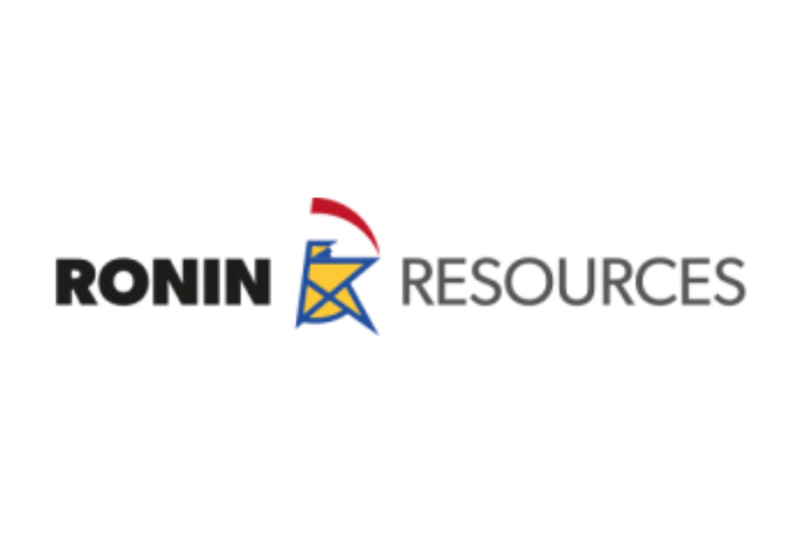Hornby Lake Assays Confirms Presence of Fractionated Pegmatites
Over recent years, the Hornby Lake region has undergone extensive geological surveys, specifically aimed at mapping and understanding its mineral composition and potential. The most recent studies and assays conducted in this area have confirmed the presence of fractionated pegmatites, a significant discovery with far-reaching implications in the field of mineral exploration and mining.
Pegmatites are essentially igneous rocks, however what sets them apart is their exceptionally large crystal components and their unique mineral assemblages. They often contain rare earth metals, and their ‘fractionated’ nature implies that they have undergone extensive magmatic differentiation. This chemical differentiation process creates a wide range of mineral species, many of which are commercially valuable.
The discovery of these fractionated pegmatites at Hornby Lake region is not merely an academic curiosity. The mining industry has always taken a keen interest in fractionated pegmatites due to their unique properties. This type of rock formation is rich in economic minerals – rare earth elements, lithium, exotic gems like tourmaline and beryl, among others. Many countries worldwide are moving to shift their reliance from traditional fossil fuels to renewable energy resources. Such a shift pushes demand for minerals like lithium, a critical component in battery technologies for electric vehicles and renewable energy storage systems.
In addition, fractionated pegmatites can be indicative of nearby hydrothermal activity. In the geological past, hot water solutions rising through crustal fractures have deposited valuable metals and gemstones in their pathway. Thus, if fractionated pegmatites are present, there is a chance of discovering hydrothermal veins rich in precious metals like gold and silver in the same region.
The scientific technique used in the assay is a crucial aspect, too. The advanced methods of today’s analytical laboratories employ state-of-the-art technologies like Atomic Absorption Spectroscopy (AAS), X-ray Fluorescence (XRF), and Inductively Coupled Plasma Mass Spectrometry (ICP-MS). These technologies provide high-precision results and have the capacity to detect even trace amounts of metals, ensuring a complete and comprehensive analysis that informs the next steps in exploration.
Deciphering the geological puzzle of the Hornby Lake region with the evidence of fractionated pegmatites opens up new mining and exploration possibilities. It could lead to new discoveries of not just the rare and precious elements they contain, but potentially reveal new mineral species previously unrecognized or unknown. The presence of fractionated pegmatites complicates the overall geology of the region yet makes it a fertile hunting ground for new discoveries. The Hornby Lake assays’ findings, besides adding a new chapter in the geological understanding of the region, also set the stage for potential economic development propelled by mineral extraction and trade.
Furthermore, the environmental impact of exploration and, potentially, mining needs to be critically considered. Any activity should be undertaken responsibly to minimize ecological disruption, land degradation, and potential water contamination. Thus, while the finding promises economic and scientific benefits, it calls for an equally responsible, balanced approach towards any exploitation.
In summary, the assay analysis and confirmation of fractionated pegmatites in the Hornby Lake region mark a significant development in the area’s geological and economic potential. The discovery underscored the innovative edge current scientific techniques offer while challenging the region to balance economic gain with environmental sustainability. The balance between the enrichment of knowledge and the preservation of our natural world is an aspect that echoes the overall sentiment of the 21st century – that of responsible, sustainable growth.




